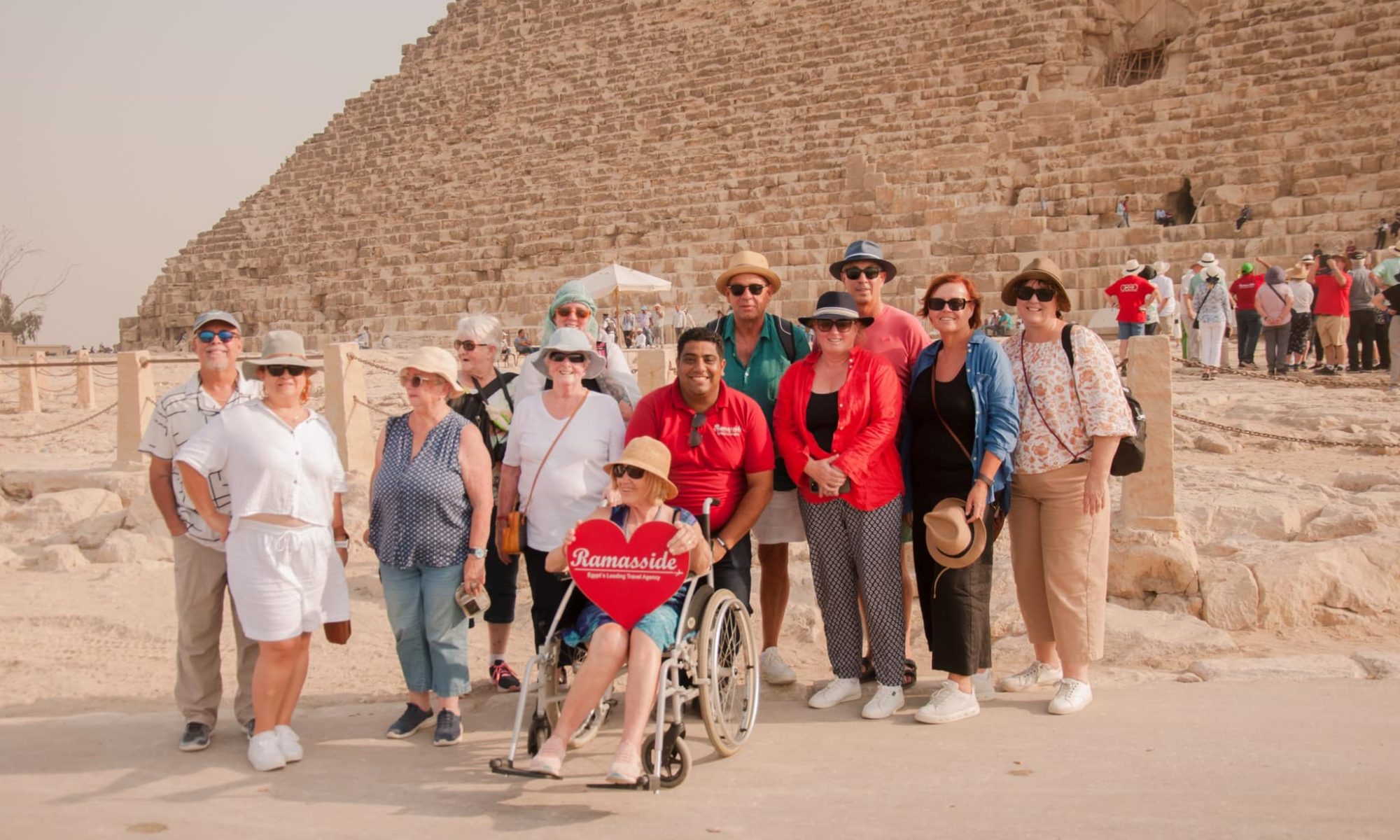
The Pyramids of Giza Complex, often referred to as the Giza Plateau, stands as one of the most iconic and enigmatic archaeological sites on our planet. Located on the outskirts of Cairo, Egypt, these colossal structures have captured the imagination of historians, archaeologists, and tourists for centuries. In this authority blog post, we’ll delve deep into the heart of the Pyramids of Giza Complex, exploring their history, construction, significance, and the many mysteries that continue to shroud these ancient wonders.
1. A Glimpse into History
The Pyramids of Giza Complex is home to three main pyramids: the Great Pyramid of Khufu (also known as Cheops), the Pyramid of Khafre, and the Pyramid of Menkaure. These pyramids were constructed during the Fourth Dynasty of the Old Kingdom of Egypt, roughly around 2580-2560 BC. The Great Pyramid, in particular, is considered one of the Seven Wonders of the Ancient World.
2. Unraveling the Secrets of Construction
The construction of these pyramids is a testament to the ancient Egyptians’ engineering prowess. While the exact techniques used remain a subject of debate among historians, it is widely accepted that a combination of manpower, ingenuity, and primitive tools were employed. Enormous limestone and granite blocks, some weighing as much as 80 tons, were quarried, transported, and stacked with astonishing precision. Theories about how these feats were achieved include the use of inclined planes, counterweight systems, and an extensive workforce of laborers.
3. The Great Pyramid of Khufu: A Marvel of Mathematics and Astronomy
The Great Pyramid, attributed to Pharaoh Khufu, is not only a colossal architectural wonder but also a mathematical and astronomical marvel. Its dimensions, such as the ratio of its base perimeter to its height, align with various natural phenomena and constants, including the golden ratio and the Earth’s dimensions. Some suggest that the Great Pyramid was designed with a deep understanding of astronomy, possibly serving as an astronomical observatory.
4. The Sphinx: Guardian of the Complex
Adjacent to the pyramids, the enigmatic Sphinx stands as a symbol of ancient Egyptian mythology. This massive statue, believed to represent the Pharaoh Khafre, is carved from a single block of limestone and faces eastward towards the rising sun. It has long been a subject of fascination and speculation, with debates about its age, purpose, and potential hidden chambers beneath its paws.
5. Pyramids as Cosmic Tombs
The primary purpose of the pyramids was to serve as monumental tombs for the pharaohs and contain their treasures for the afterlife. The intricacy of their internal chambers, with elaborate burial chambers, corridors, and shafts, alludes to the belief in the pharaoh’s journey to the celestial realm in the company of the gods.
6. Unsolved Mysteries and Controversies
The Pyramids of Giza Complex continue to intrigue and mystify researchers and explorers. Numerous theories and controversies surround them, including the debate about how they were constructed, the significance of specific astronomical alignments, and the possible existence of hidden chambers and undiscovered secrets within the pyramids. These mysteries fuel ongoing archaeological investigations and contribute to the enduring allure of the site.
7. The Pyramids’ Cultural Significance
The Pyramids of Giza Complex is not just a marvel of ancient engineering but also a testament to the cultural and religious significance of the afterlife in ancient Egypt. They symbolize the power and authority of pharaohs, the legacy of a great civilization, and the enduring appeal of ancient mysteries.

